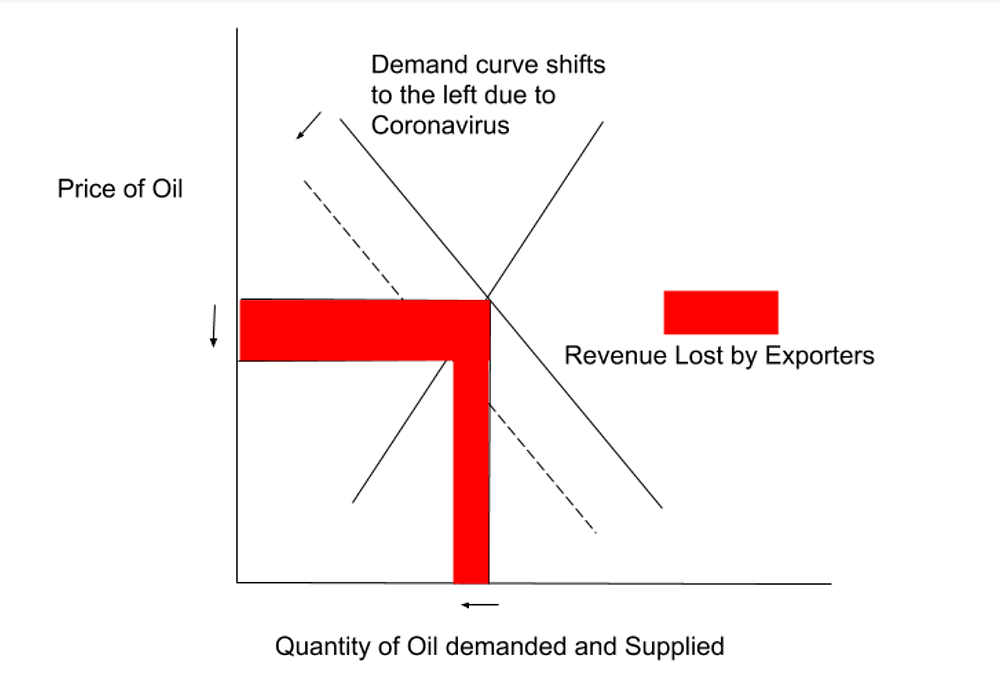
Because of this, many businesses are seeing the need for adopting an electronic payment system so that they can stay relevant and competitive in today’s digital world. Financial exchanges via EDI, online cash transfers between banks, and credit card exchanges are all involved in the electronic payment system. Although B2B electronic payment systems make up a sizable portion of the market, many credit/debit card transactions fall under the B2C category. In this sense, electronic funds transfer, or EDI, is a beneficial tool for business-to-business and business-to-consumer transactions. These mobile banking apps provide a more convenient and simple way of entry to your existing bank accounts. First and foremost, these apps ask for your card, bank account details.

In these instances, the transaction is processed through a clearing house. Sometimes, the fees get passed on to customers, either directly with a surcharge at checkout or indirectly by raising prices. This, in turn, can generate customer frustration toward companies and business owners. And then there are technical glitches, which can sometimes take days to resolve.
eChecks via the Automated Clearing House, or ACH
If someone uses your company’s electronic money without your authorization, you would identify the unfamiliar charge and file a claim with your bank, online payment processor or credit card company. Without sufficient information about the person who performed the transaction, though, it can be difficult to win the claim and receive a refund. Cards are convenient, allowing companies to process payments by means of credit, and often include debit card functions. Credit cards sometimes offer cash-back incentives, depending on the financial institution and the particular card. In addition, cards can be useful for optimizing cash flow and providing a quick means of financing, which can be especially helpful for small businesses. Any number of different factors can guide businesses toward the types of electronic payment that might work optimally for them.
3 Stocks That AI Predicts Will Deliver Triple-Digit Returns in 2023 – InvestorPlace
3 Stocks That AI Predicts Will Deliver Triple-Digit Returns in 2023.
Posted: Sun, 18 Jun 2023 20:10:00 GMT [source]
The company was one of the pioneers of mobile payment options, launching its mobile app in 2011. Today, customers can use the app to place an order, pay for their drinks, and even earn rewards. “Electronic payment systems have revolutionized the way we make transactions,” says John Doe, a payment industry expert. “They offer faster and more secure payment options, which not only saves time, but also provides peace of mind for consumers.” Electronic payment systems offer several advantages over traditional payment methods, including increased speed and efficiency, enhanced security, and improved accessibility.
Types Of Electronic Payment System
Popular payment gateways such as PayPal will undergo regular upgrades and changes to improve its service. In some situations, the upgrades may not go to plan, which disrupts the service and can result in the platform’s server being down. A virtual account provides you with all the necessary information linked to a transaction, including the amount, date, transaction type, and the name of the store. It’s true, anyone with a computer can perform business transactions.
The Advantages and Disadvantages of Using a Hand Hygiene … – Infection Control Today
The Advantages and Disadvantages of Using a Hand Hygiene ….
Posted: Thu, 25 May 2023 07:00:00 GMT [source]
There are different types of electronic payment system in e-commerce. Of course, virtually all e-commerce platforms continue to accept more traditional forms of payment like debit and credit cards, and even e-checks. These are just e payment advantages and disadvantages a few electronic payment examples, but new, innovative technologies are continually arising in the payments world. Electronic payments allow users to make payments electronically, and they are incredibly useful for online sellers.
How to Redeem Your Debit Card Points?
Zelle is one of the newer payment methods being widely used by small businesses and consumers. Zelle payments can be made directly between two bank accounts with the use of an email or mobile phone number. Consumers have been the primary users of Zelle payments, but businesses are slowly starting to adopt it. So far, the transaction path for business-related transactions have mostly been business to consumer; however, it is only a matter of time before there is more consumer-to-business traffic. As internet banking and shopping become widespread, the number of people making cash payments is decreasing.

These charge cards are also referred to as non-revolving credit cards, because the balance would have to be paid in full at the end of each billing period. Although there are drawbacks to digital payment, no payment method is flawless, and the benefits greatly exceed the drawbacks. In any case, current consumer culture is becoming increasingly cashless, and keeping up with this trend pays off.
Technology
EFTs make sense when someone doesn’t want to use a debit or credit card. Some sellers don’t accept an electronic funds transfer – and may not even allow for a debit card. Universal acceptance may never happen, which means consumers must have multiple forms of payment available to ensure that they can buy what they need. Antiquated payment methods like cheques can be problematic for cash flow, taking several days to clear. E-payment methods offer faster payment from customers at home and overseas. So you can improve your cash flow and get a clearer picture of your business finances in your reporting.
In recent years, we’ve seen the rise in contactless payments and Apple Pay, which results in users being able to pay for their goods without having to enter their bank details. While this is for the payment savvy, it’s fast becoming a popular method of payment. Any transaction in which value (e.g., money) is electronically transferred from one account to another is considered a digital payment.
There is a list of advantages and disadvantages of electronic payment system processes, just as there is a list of advantages and disadvantages of traditional payment system processes. Both systems have advantages in certain areas and disadvantages in others. When determining the disadvantages of payment systems in general, it is important to consider what the advantages are and decide which set of advantages and disadvantages is better suited to your business. Given the speed with which transactions conclude online, one of the advantages of online payment processing is that the shopper’s money is instantly deposited in the acquiring account. It can take as little as two or three days for online payments to be cleared, which gives merchants better control over their finances.
- All-in-one payment providers also include additional security features in the face of fraud, such as secure web protocols, Address Verification Systems, or order monitoring options.
- It may reduce some of their bank fees, eliminates time spent by employees and deposits, and stops chances for fraud to occur.
- Since you can pay for goods or services online at any time of day or night, from any part of the world, your customers don’t have to spend time in a line, waiting for their turn to transact.
- All in all, if you take some safety measures and make transactions carefully, digital payment can make your day-to-day life a lot better and easier.

